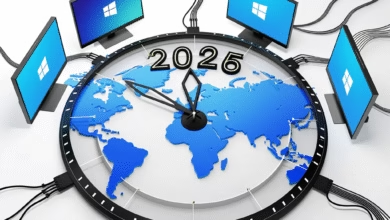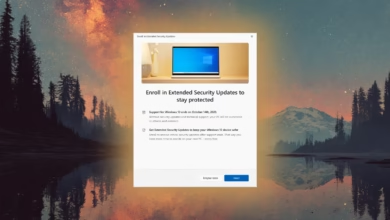Windows 11 update introduces self-healing recovery feature

▼ Summary
– Microsoft is introducing Quick Machine Recovery (QMR) to help Windows 11 PCs recover from boot issues by downloading fixes via the Windows Recovery Environment.
– QMR aims to address widespread boot problems, allowing PCs to be fixed remotely even if they can’t boot into Windows normally.
– The feature is part of Microsoft’s “Windows Resiliency Initiative,” launched to prevent future incidents like the 2024 CrowdStrike outage.
– QMR is initially available to Windows 11 Insiders in the Canary channel, the most experimental testing phase.
– The feature will progress through Dev, Beta, and Release Preview channels before a broader rollout to all Windows users.
Microsoft is introducing an innovative self-repair capability for Windows 11 designed to automatically diagnose and resolve boot failures, reducing downtime for users and businesses. This new functionality, known as Quick Machine Recovery (QMR), empowers affected systems to access the Windows Recovery Environment (WinRE) independently, establish an internet connection, and retrieve Microsoft-approved solutions for common startup problems without manual intervention.
The development stems from lessons learned during the 2024 CrowdStrike incident, where a faulty security update crippled countless devices worldwide. Many organizations faced labor-intensive recovery processes, manually addressing each impacted machine. QMR aims to streamline such scenarios by enabling remote troubleshooting even when a computer cannot load the operating system normally.
Currently, the feature is available exclusively to Windows Insider Canary channel participants, Microsoft’s most experimental testing group. Over time, as stability improves, QMR will progress through Dev, Beta, and Release Preview channels before reaching mainstream users. This phased approach ensures thorough evaluation while minimizing risks for the broader Windows ecosystem.
By integrating automated recovery mechanisms, Microsoft reinforces its commitment to system resilience and enterprise-grade reliability, addressing a critical pain point for IT administrators and everyday users alike. The technology could significantly reduce disruption during future software-related outages, marking a notable step forward in proactive system maintenance.
(Source: Ars Technica)






